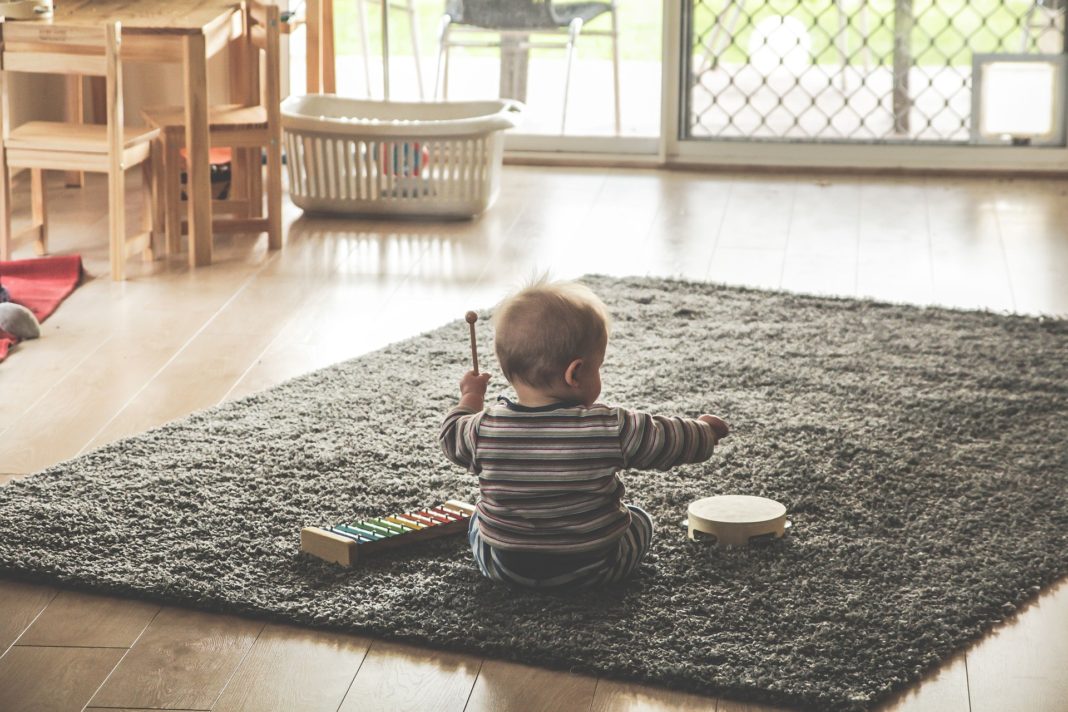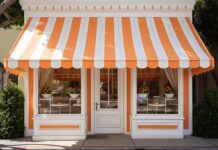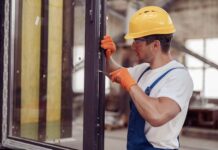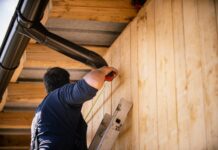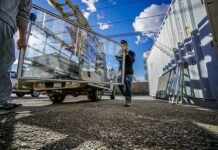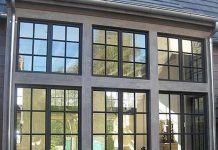After having a baby it is important to consider all the potential safety hazards around the home. In order to protect a baby from falling or injuring themselves once they start crawling and walking, you need to take a number of measures. Read on for some useful ideas on how to babyproof your home.
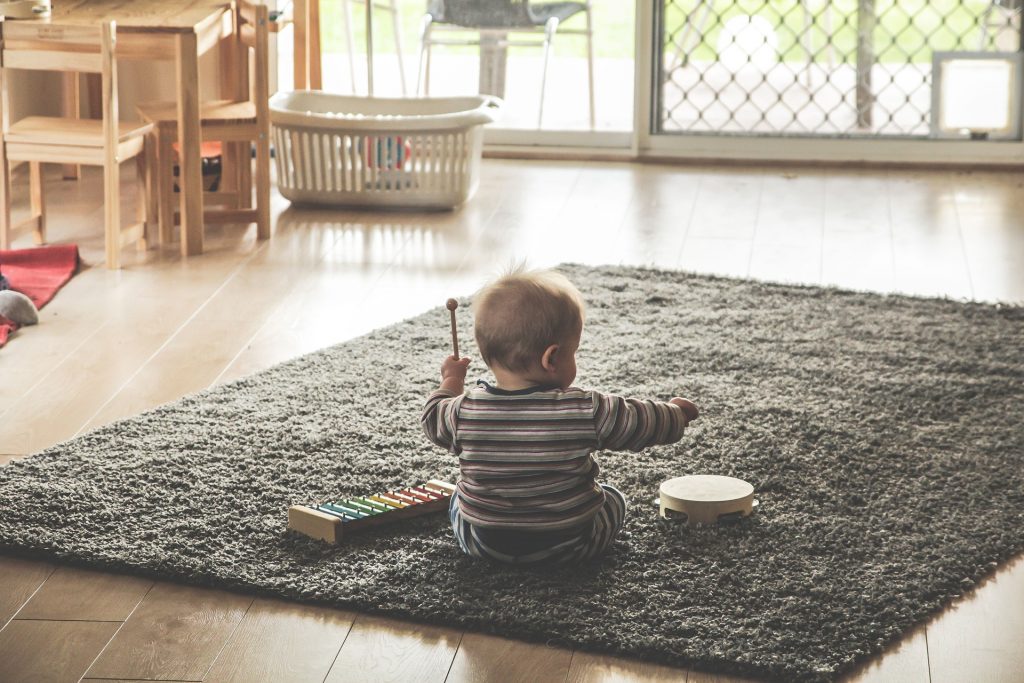
There are many interesting tips on childproofing a home available online, such as this engaging article from The Guardian.
Crawling babies can crawl into all sorts of places around your home, so you need to be prepared. Babies start to crawl on average at 8 months, so many of them will begin earlier than this.
If crawling on carpet, the baby will find this more protective than wood floors or hard tiles. Although engineered flooring from floor experts such as https://www.woodfloorwarehouse.co.uk/engineered-flooring.html can also be gentle on hands and feet and comfortable to crawl on.
Kitchen, bathroom and bedroom proofing
In the kitchen, it is important to move all dangerous equipment such as knives well away from the baby’s reach. Keep pan handles turned inwards and never carry any hot food or cooking items while also carrying the baby. It is a good idea to fit an oven door guard and keep any equipment in locked cupboards.
Some ideas for proofing the bathroom include locks on medicine cupboards, covers for bath taps and spouts, and a bath seat for your baby to sit in.
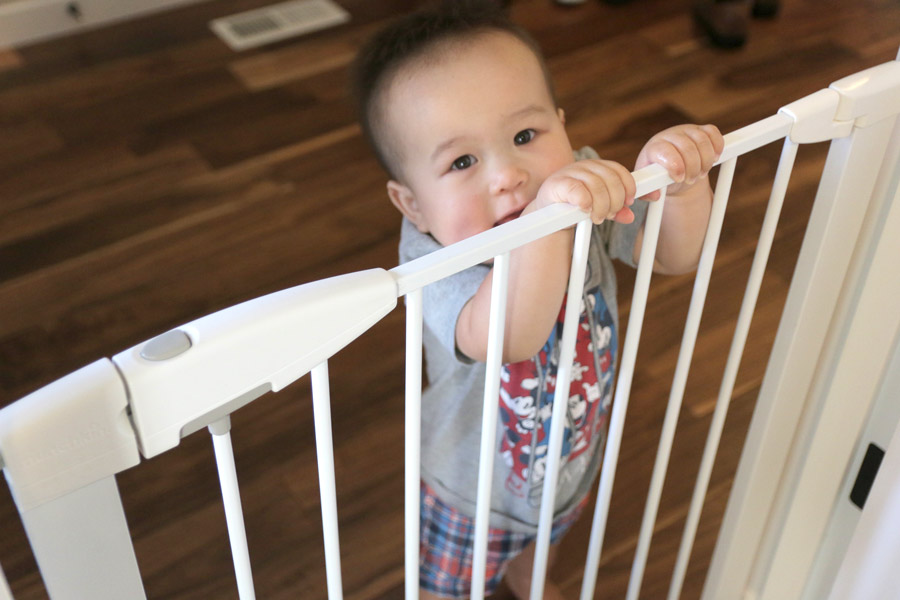
In the bedroom, do not leave toys in the baby’s cot when they are sleeping. Once they start trying to pull themselves up remove the hanging toys. When you are not supervising the baby in the cot always put up the drop side if available so the baby is safely kept inside.
Preventing falls
To prevent falls and accidents, always use a stair guard at the top and bottom of the stairs. Never leave the baby on a high spot, such as chair, table, bed or sofa, from which they call fall. Window guards should be fitted to windows.
Furniture can be dangerous for little ones, so make sure sharp edges are covered with guards. Furniture that can fall over or topple and so bookcases or tall lamps should be fixed to the wall or floor securely, or else pushed right into the side of the room out of the way.
